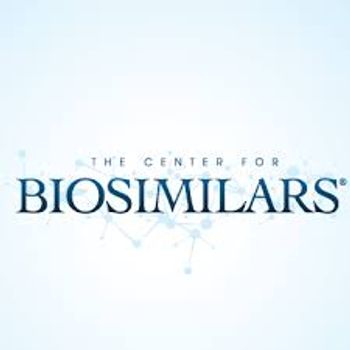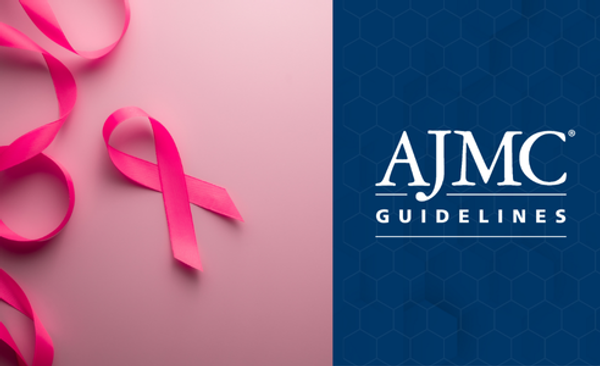
Breast Cancer
Latest News
Latest Videos

CME Content
More News

Questionnaire results from the first weeks of the coronavirus disease 2019 (COVID-19) pandemic show that breast cancer treatment delays happened more often for younger vs older women.

At diagnosis, approximately 6% of breast cancers are metastatic breast cancer (MBC), which although treatable is not curable. Experts predicted that 276,480 women and 2620 men would receive such a diagnosis in 2020.

Risks of all-cause mortality and breast cancer-specific mortality decreased when female patients followed a more anti-inflammatory diet after their diagnosis of postmenopausal invasive breast cancer.

The Adjuvant Platinum and Taxane in Triple-Negative Breast Cancer trial investigated this combination adjuvant treatment vs the standard-of-care anthracycline plus docetaxel among patients with operable disease.

The challenges of complying with payer mandates in biosimilars were discussed in a webinar sponsored by The American Journal of Managed Care® and The Center for Biosimilars®.

Screening women aged 40 to 49 years for breast cancer reduced mortality by 25% in the first 10 years compared with waiting until at age 50 years and older, which is the common practice in the United Kingdom.

In Italy, a study looked at reallocating resources meant for patients with breast cancer to those stricken with coronavirus disease 2019, finding that the former could benefit from fast-track awake surgery to reduce risk of cross-infection.

Delays in surgery to treat early-stage breast cancer and receiving neoadjuvant endocrine therapy did not decrease survival odds among female patients, authors report in the Journal of the American College of Surgeons.

Higher-income countries are seeing their rates of premenopausal breast cancer increase faster, whereas cases of postmenopausal breast cancer are increasing in number faster in lower-income studies.

Less than 1% of all breast cancers occur in men, making this a rare disease among that patient population, and most treatment guidelines are based on outcomes and survival rates seen in women with the disease.

Compared with digital mammography, digital breast tomosynthesis, also called 3-dimensional (3-D) mammography, has been proven superior at effectively detecting breast cancer and leading to fewer recall visits, but more information is needed for how subgroups of women with different breast densities benefit from the screening method, especially those classified as having extremely dense breast tissue.

Women with early-onset germline BRCA-mutated breast cancer can have subsequent pregnancies without increasing their risk for disease recurrence, according to the authors of a recent study in Journal of Clinical Oncology.

The next several years could bear witness to thousands of additional deaths from cancer that could have been prevented through routine diagnostic care that was delayed because of the coronavirus disease 2019 (COVID-19) pandemic, according to a pair of studies in The Lancet Oncology.

Because male breast cancer is such a rare disease, few strides have been made that convey advantages in its detection, incidence, and mortality. Most treatment guidelines have been extracted from studies performed among female patients.

Breast cancer diagnosed in the year following a negative result after a mammogram has now been associated with an increase in mortality compared with breast cancer detected at a screening, report JAMA Network Open study results.

Smoking history can both increase the risk of cancer and create a hypoxic environment within the body, leading to poor outcomes, including less-effective treatment, among patients who undergo radiotherapy.

In survivors of childhood cancer, early initiation of annual breast cancer screening with MRI, with or without mammography, may reduce breast cancer mortality by half or more, according to a study published in Annals of Internal Medicine.

Despite ongoing disparities in the use of health care services among races/ethnicities and ages, as well as by insurance status, African American women with advanced breast cancer benefited the most following implementation of the Affordable Care Act in states that chose to expand Medicaid coverage.























































